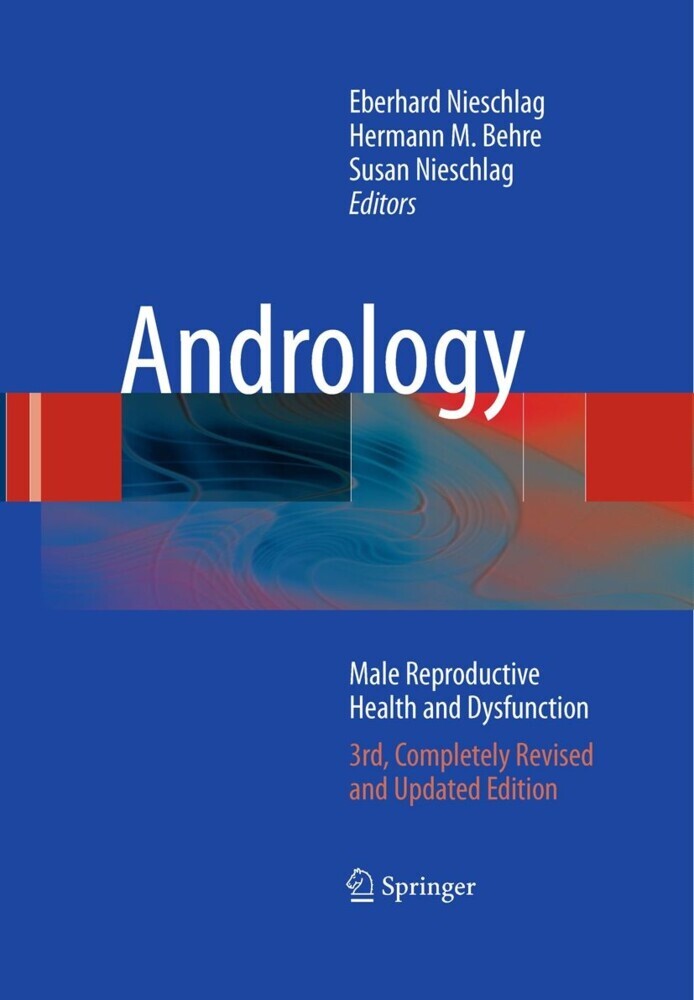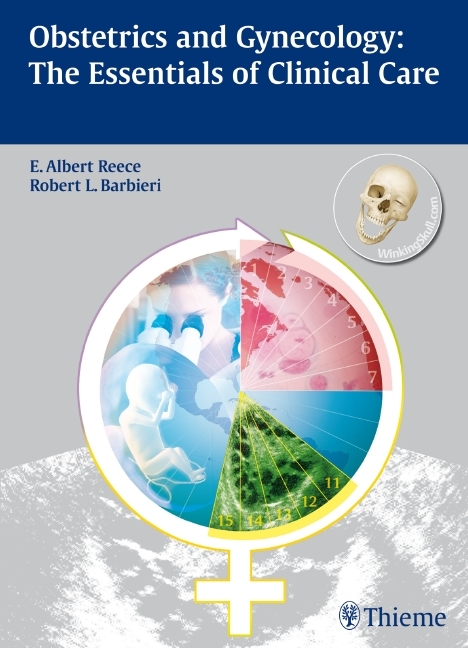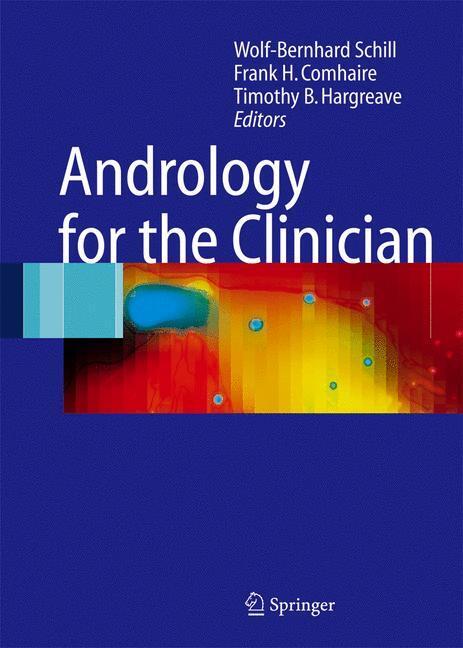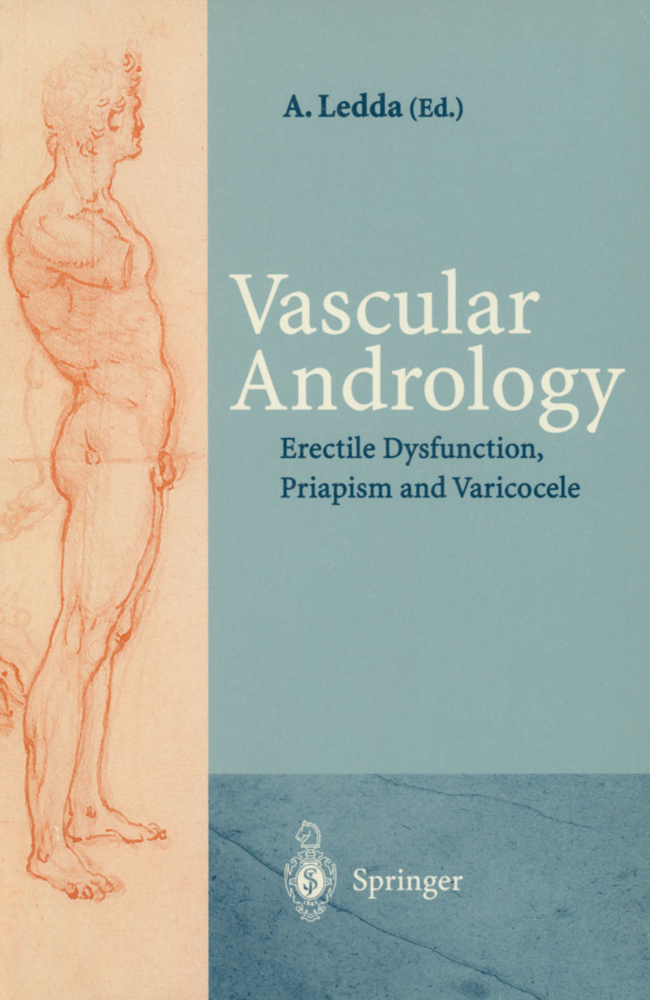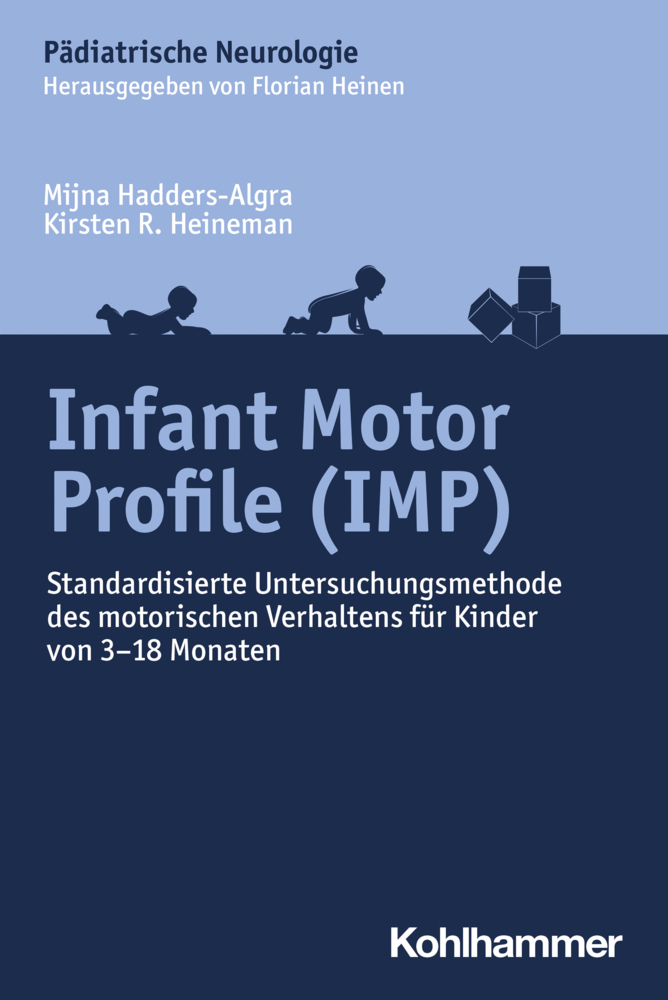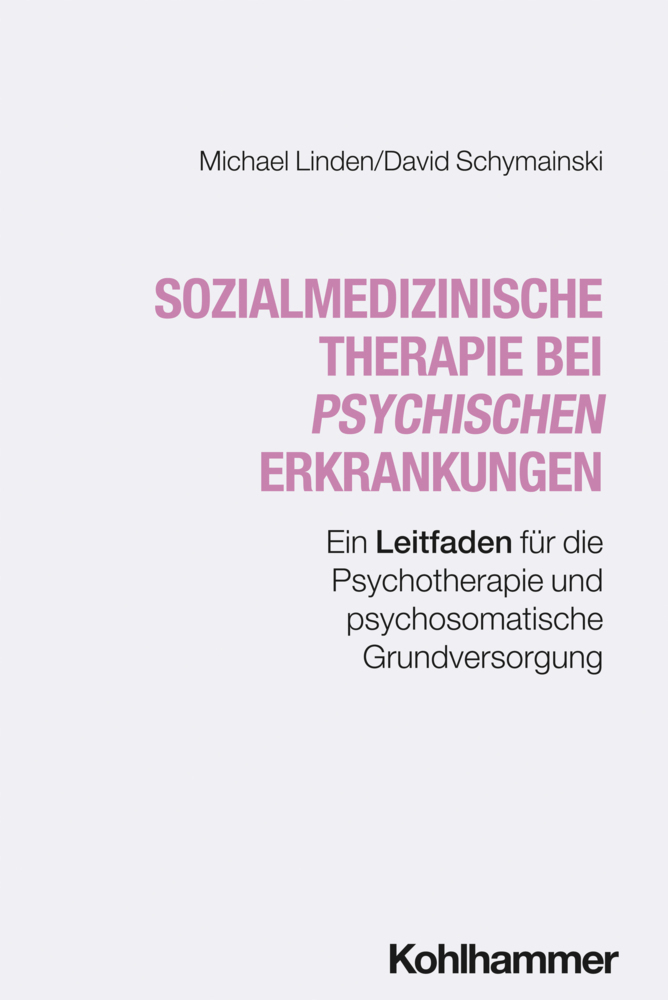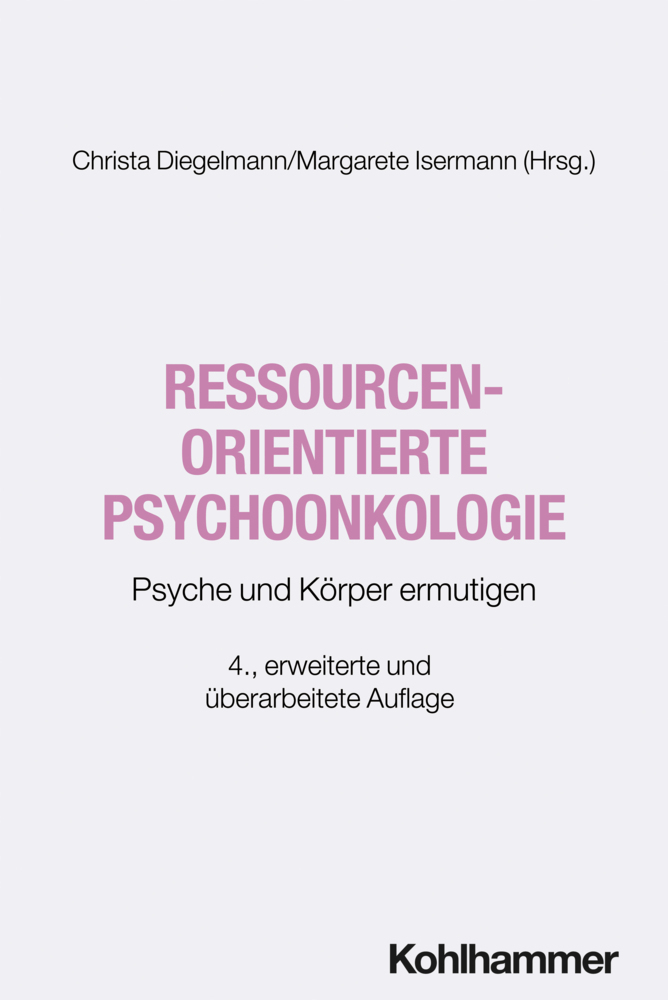Andrology
Male Reproductive Health and Dysfunction
This is the 3rd, totally revised edition of a well-known textbook that continues to represent the gold standard in the literature on clinical andrology. It examines in depth all aspects of male reproductive health, encompassing the basic physiology of male reproductive function and a wide range of disorders. Each of the chapters is written by outstanding experts in the field. Among the topics covered are: Testicular function, sperm maturation and fertilization, diagnostic procedures, infertility, primary and secondary hypogonadism, late-onset hypogonadism, erectile dysfunction, genetic disorders, environmental influences, psychology and sexual medicine, testosterone therapy, assisted reproduction: TESE and ICSI, cryopreservation, male contraception and ethics in andrology.
1;Preface to the 3rd Edition;5 2;Preface to the 2rd Edition;6 3;Preface to the 1st Edition;8 4;Contents;10 5;Contributors;13 6;Chapter 1;16 6.1;Scope and Goals of Andrology;16 6.1.1;1.1 Definition of Andrology;16 6.1.2;1.2 Andrology, Gynecology, Reproductive Medicine: Reproductive Health;16 6.1.3;1.3 Infertility, Subfertility, Sterility, Fecundity: Definition of Terms;18 6.1.4;1.4 The Infertile Couple as Target Patients;18 6.1.5;1.5 Prevalence of Infertility;20 6.1.6;1.6 Evidence-Based Andrology;22 6.1.7;1.7 Male Contribution to Contraception;24 6.1.8;References;24 7;Chapter 2;26 7.1;Physiology of Testicular Function;26 7.1.1;2.1 Functional Organization of the Testis;26 7.1.1.1;2.1.1 Interstitial Compartment;26 7.1.1.1.1;2.1.1.1 Leydig Cells;27 7.1.1.1.2;2.1.1.2 Macrophages. Lymphocytes and Nerve Fibers;29 7.1.1.2;2.1.2 Tubular Compartment;29 7.1.1.2.1;2.1.2.1 Peritubular Cells;29 7.1.1.2.2;2.1.2.2 Sertoli Cells;30 7.1.1.2.3;2.1.2.3 Germinal Cells;31 7.1.1.2.4;2.1.2.4 Kinetics of Spermatogenesis;34 7.1.1.2.5;2.1.2.5 Apoptosis and Spermatogenesis;36 7.1.2;2.2 Hormonal Control of Testicular Function;36 7.1.2.1;2.2.1 Functional Organization of the Hypothalamo-Pituitary System;36 7.1.2.2;2.2.2 The Kisspeptin-GPR54 System;37 7.1.2.3;2.2.3 GnRH;39 7.1.2.3.1;2.2.3.1 Structure of GnRH;39 7.1.2.3.2;2.2.3.2 Secretion of GnRH;41 7.1.2.3.3;2.2.3.3 Mechanism of GnRH Action;42 7.1.2.4;2.2.4 Gonadotropins;43 7.1.2.4.1;2.2.4.1 Structure of Gonadotropins;43 7.1.2.4.2;2.2.4.2 Secretion of Gonadotropins;44 7.1.2.4.3;2.2.4.3 Mechanism of Action of Gonadotropins;45 7.1.2.5;2.2.5 Endocrine Regulation and Relative Importance of LH and FSH for Spermatogenesis;46 7.1.2.6;2.2.6 Local Regulation of Testicular Function;48 7.1.2.6.1;2.2.6.1 Steroid Hormones;48 7.1.2.6.2;2.2.6.2 Insulin-like Factor 3;49 7.1.2.6.3;2.2.6.3 Growth Factors;50 7.1.2.6.4;2.2.6.4 Immune System Factors;50 7.1.3;2.3 Testicular Descent;51 7.1.4;2.4 Vascularization, Temperature Regulation and Spermatogenesis;52 7.1.5;2.5 Immunology of the Testis;52 7.1.6;2.6 Testicular Androgens;54 7.1.6.1;2.6.1 Synthesis of Androgens;55 7.1.6.2;2.6.2 Testosterone Transport in Blood;57 7.1.6.3;2.6.3 Extratesticular Metabolism of Testosterone;58 7.1.6.4;2.6.4 Mechanism of Androgen Action;59 7.1.6.5;2.6.5 Biological Actions of Androgens;64 7.1.6.6;2.6.6 Androgen Secretion and Sexual Differentiation;67 7.1.7;References;69 8;Chapter 3;75 8.1;Physiology of Sperm Maturation and Fertilization;75 8.1.1;3.1 Introduction;75 8.1.2;3.2 Development of the Ability of Spermatozoa to Fertilize Eggs During Epididymal Maturation;76 8.1.2.1;3.2.1 Anatomy of the Human Epididymis and Sperm Transport Through It;76 8.1.2.2;3.2.2 Epididymal Secretion and Absorption;77 8.1.2.3;3.2.3 Sperm Maturation in the Human Epididymis: Fertilizing Capacity;78 8.1.2.3.1;3.2.3.1 Evidence for Sperm Maturation in Man from Surgical Anastomoses;78 8.1.2.3.2;3.2.3.2 Evidence for Sperm Maturation in Man from Assisted Reproduction Techniques;79 8.1.2.4;3.2.4 Sperm Maturation in the Human Epididymis: Morphology and Motility;79 8.1.2.4.1;3.2.4.1 Changes in Sperm Morphology;79 8.1.2.4.2;3.2.4.2 Initiation of Sperm Motility;79 8.1.2.4.3;3.2.4.3 Acquisition of Co-ordinated Sperm Motion;79 8.1.2.4.4;3.2.4.4 Regulation of Sperm Motility;81 8.1.2.4.5;3.2.4.5 Consequences of Increased Vigor of Mature Spermatozoa;81 8.1.2.5;3.2.5 Sperm Maturation in the Human Epididymis: Interaction with the Egg;81 8.1.2.5.1;3.2.5.1 Development of Sperm-Zona Binding Capacity;81 8.1.2.5.2;3.2.5.2 Development of the Sperm's Ability to Undergo an Induced Acrosome Reaction;82 8.1.2.5.3;3.2.5.3 Development of the Sperm's Potential to Fuse with the Vitellus;82 8.1.2.5.4;3.2.5.4 Condensation of Sperm Chromatin and Ability to Form Male Pronuclei;82 8.1.2.5.5;3.2.5.5 Development of the Sperm's Ability to Contribute to a Healthy Embryo;82 8.1.2.6;3.2.6 Sperm Storage in the Epididymis;83 8.1.2.6.1;3.2.6.1 Storage Capacity;83 8.1.2.6.2;3.2.6.2 Sperm Quiescence and Protection;83 8.1.2
Nieschlag, Eberhard
Behre, Hermann M.
| ISBN | 9783540783558 |
|---|---|
| Artikelnummer | 9783540783558 |
| Medientyp | E-Book - PDF |
| Auflage | 3. Aufl. |
| Copyrightjahr | 2010 |
| Verlag | Springer-Verlag |
| Umfang | 629 Seiten |
| Sprache | Englisch |
| Kopierschutz | Digitales Wasserzeichen |

